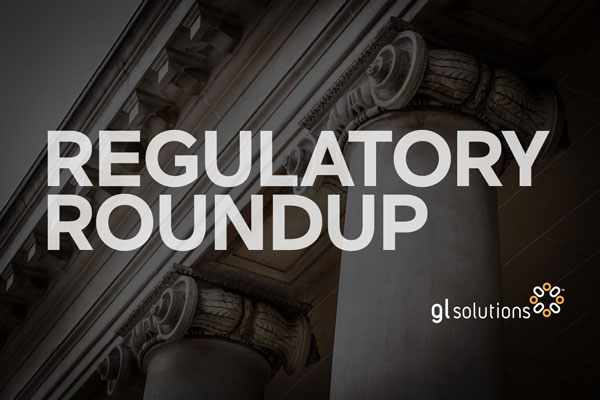5 Takeaways for Leading AI at Your Regulatory Agency
The Partnership for Public Service suggests five ways for public sector leaders to guide their agencies through the changes related to artificial intelligence. “Not everyone needs to be an AI expert, but everyone needs AI fluency,” tops the list of takeaways, gathered from a conversation at their AI Leadership Program. According to the April 17 article, AI and public leadership: 5 takeaways from fireside chat on leading AI well, staff need confidence to use AI tools, along with trust in their leadership to set appropriate guardrails. The article lists four additional suggestions for AI leadership in the public sector. According to their website, “The Partnership for Public Service’s AI Center for Government is committed to fostering AI leadership, talent and literacy across federal, state and local governments. For more than 20 years, the nonpartisan, nonprofit Partnership for Public Service has been dedicated to building a better government and a stronger democracy.”
Utah Ranks 29th in State Occupational Licensing Index
Utah ranks number 29 overall for all states and Puerto Rico in the 2024 State Occupational Licensing Index from the Archbridge Institute and the Knee Regulatory Research Center; the score places the state 29th among states for the highest occupational licensing burden. Besides the overall ranking, the report also features a state profile ranking that puts states in one of five quintiles. Utah ranks three in the quintile system, with one the “most occupational licensing” and five the “least occupational licensing.” The quintile system reviews several factors, including barriers and licenses, along with universal recognition reforms. The licensing index, released in August, contains information on 284 occupations.
Other overall rankings include Michigan at number 30.
See a listing of all state rankings in the latest edition of the State Occupational Licensing Index.
The Rise of Occupational Licensing: Tracing the Origins
According to the Cato Institute on April 9, about 20 percent of workers hold an active occupational license. Their research shows that while licensing initially involved mainly higher-risk, more complex jobs, now occupational licensing includes many lower-risk, less complex jobs. The findings reveal why licensing laws evolved. “Overall, our findings suggest that both social welfare concerns and incumbent workers’ desire to limit competition have contributed to the spread of occupational licensure.”
Time to Modernize
GL Solutions helps your regulatory agency run, grow and adapt through modern software and automation that helps solve your agency’s greatest challenges. To learn more, contact us.
To receive the latest regulatory news delivered to your inbox each week, subscribe to our newsletter.

